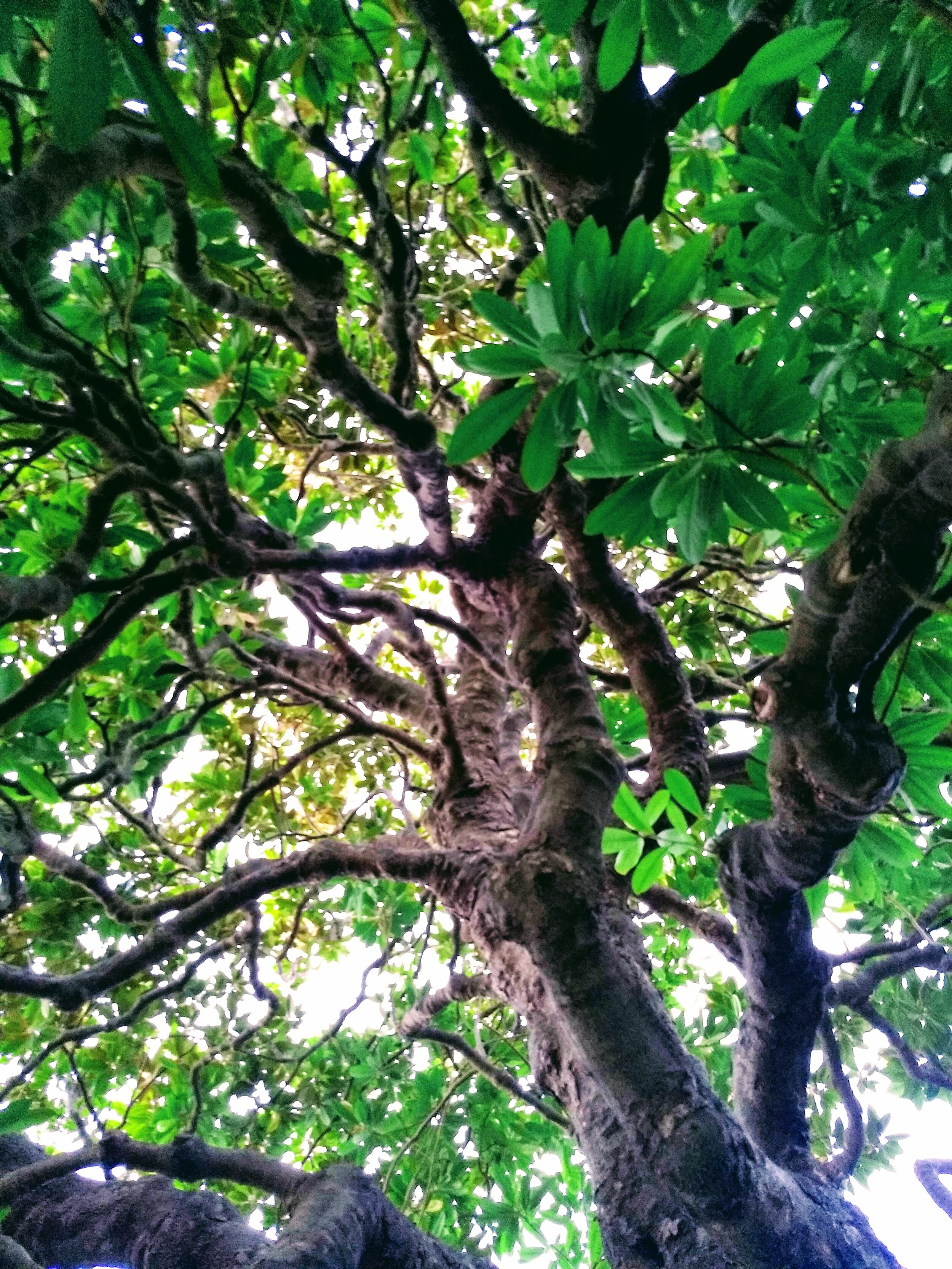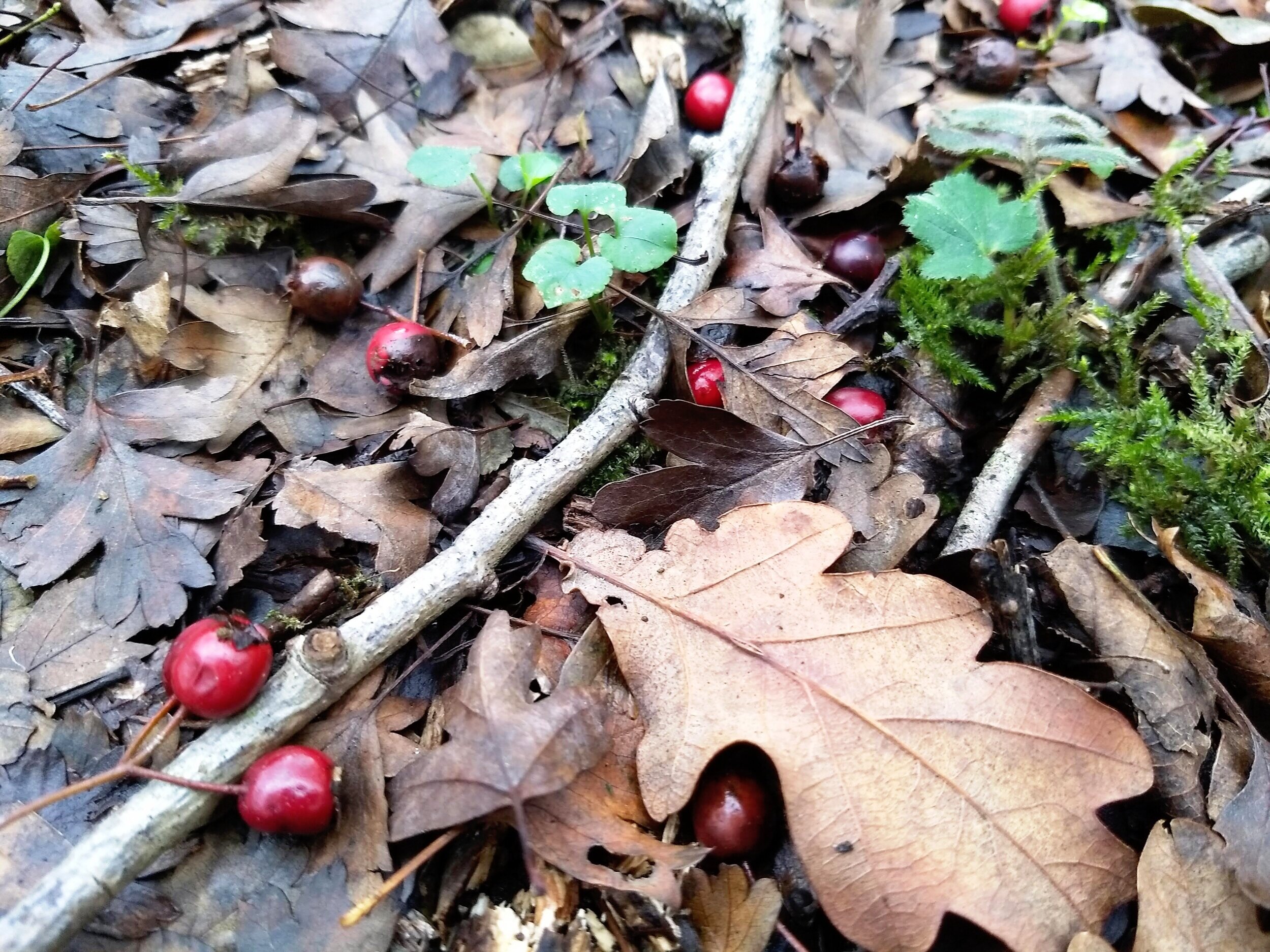Hello everyone :-) This week we will be exploring how to make magical, multisensory memories of your favourite places. We all know how special it is to have even one place where we feel we can relax and just enjoy being there.
Where do you like to be?
For me, it’s a little patch of woodland on the Downs. I like sitting on the musky, soft ground or against a tree, feeling the coolness of the air and the shelter of the leaves above me. I can get lost in listening to the dancing of the raindrops on the canopy when the skies begin to open. The smell of the earth is grounding, somehow. This place helps me to feel held.
By taking the time to sit and really soak in all the different sensations and impressions of a place, you can begin to paint a vivid memory that lives inside you wherever you go. This memory becomes like a friend that you can bring back whenever you need to comfort and delight yourself.
How to make your memory
Below are some simple invitations and questions to help you to experience all the richness of your place and build your memory. So have a play and see what finds its way into your magical memory:
What can you see?
Take in the whole picture – what view do you have? What things make up the view? What can you see close up? What shapes and colours can you see? What are the plants and animals that live here? What can you see that you like?
What can you hear?
Close your eyes and explore the sounds around you. Which direction does a sound come from and how far or near is it, do you think? Do you know what makes each sound? Which sounds do you like?
What can you touch?
What can your hands touch? Spend time exploring the different textures and shapes – rough or smooth, soft or firm, wet or dry.
What does your body feel like?
Feel your feet, or bottom, or back on the ground. Can you become aware of your whole body? Can you feel the air on your body?
What can you smell?
Reach around yourself and explore the different smells in your place. Try smelling the air, plants and trees, the ground, yourself.
What can you taste?
This is a tricky one! Be adventurous, be safe.
How does it feel to be here?
What emotions do you have? What thoughts come up while you are here? Is there anything you want to try to remember? Any words of wisdom for yourself?
Caring for your memory
Visiting your place to make your memory is like planting a tiny seed in your mind or heart. With regular watering, the seed can grow into a beautiful flower.
So explore ways of caring for your memory. Perhaps you’d like to journal about all the sensations you experienced, either after the practice or in the evening before you go to bed? Or perhaps you can bring the richness of the memory back creatively — by writing a poem about your place, making a drawing, or crafting little objects from your place out of coloured paper or other materials.
All of these ways of caring help to foster a special connection with your place. With regular care, the memory can stay alive in your heart and mind, like a friend you can call on when you need them to remind you of the beauty in the world.
How was it for you?
That’s all for this week, but we’d love to find out how you found this practice. Please share your stories, photos, creative inspirations and joys with us! Take care and enjoy building some beautiful memories.













